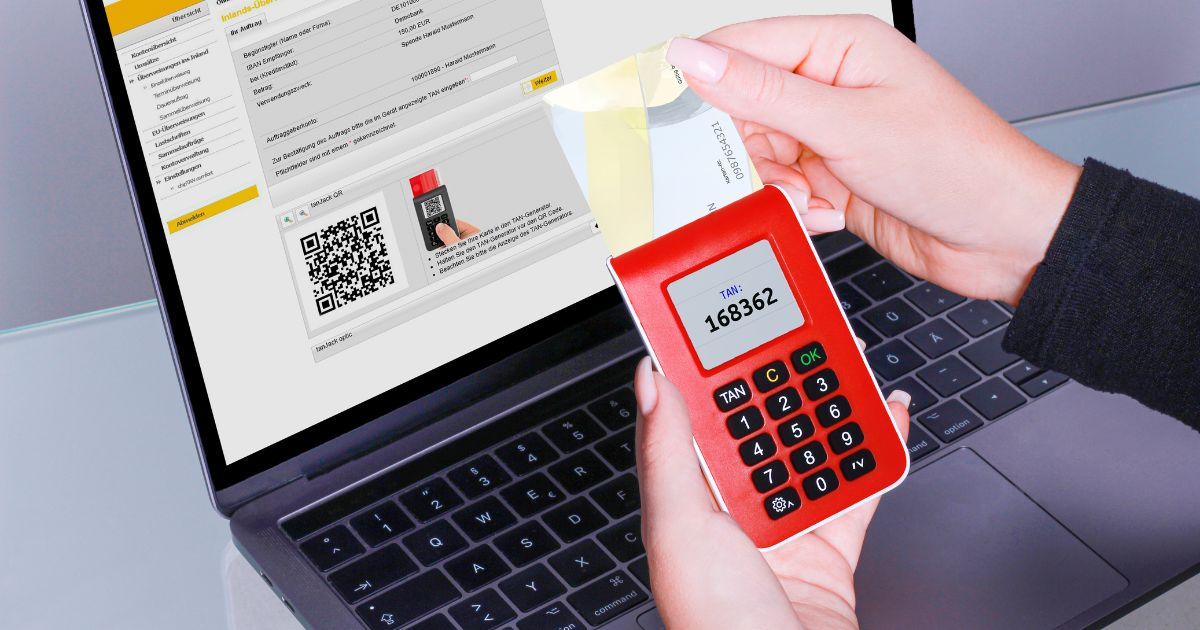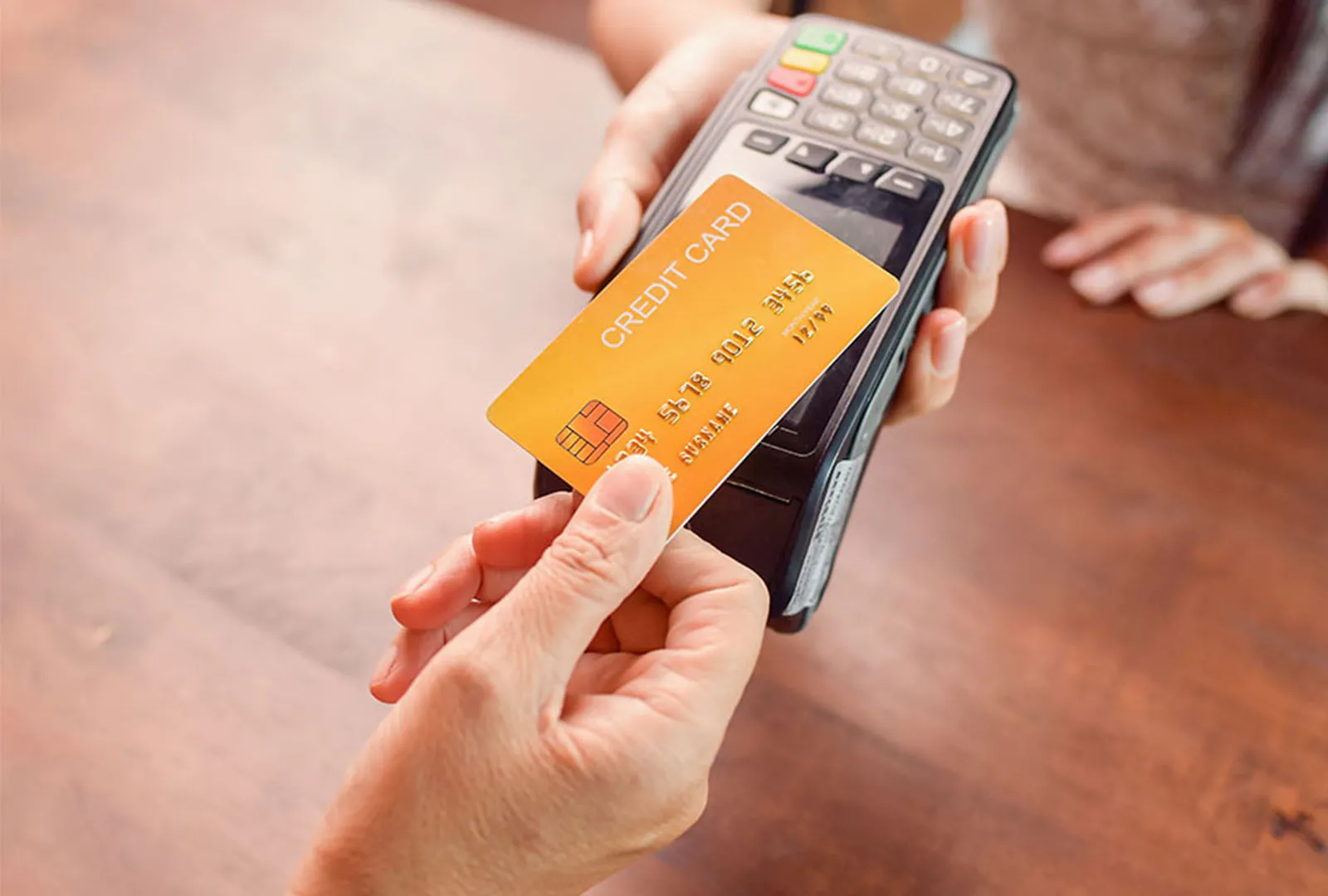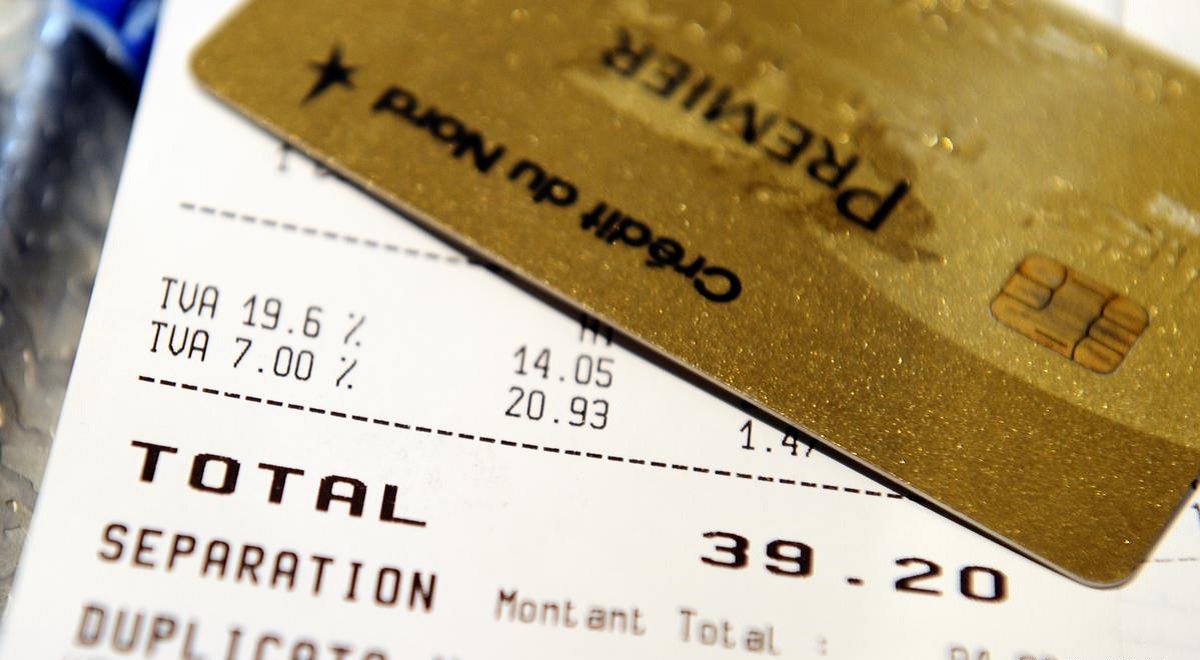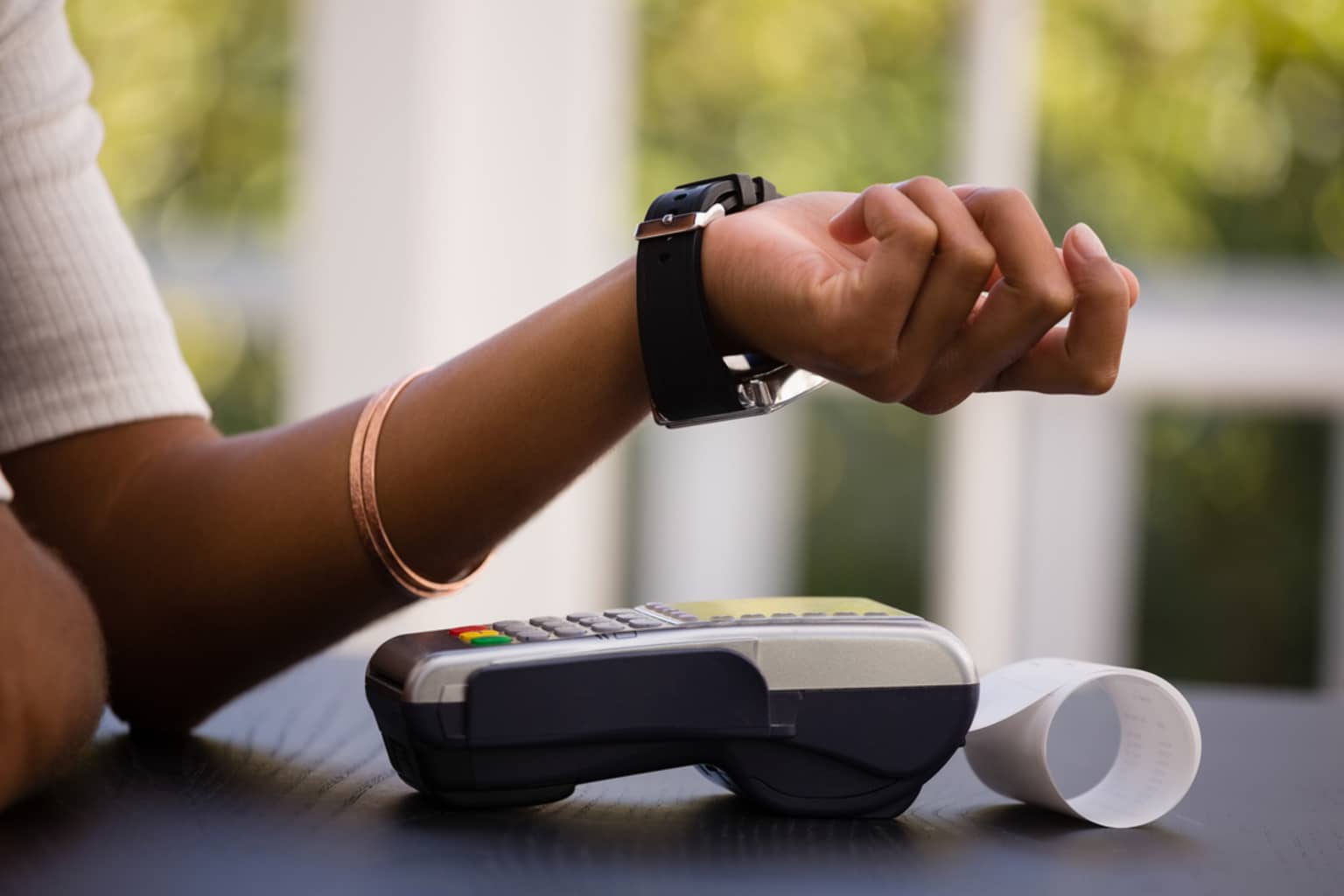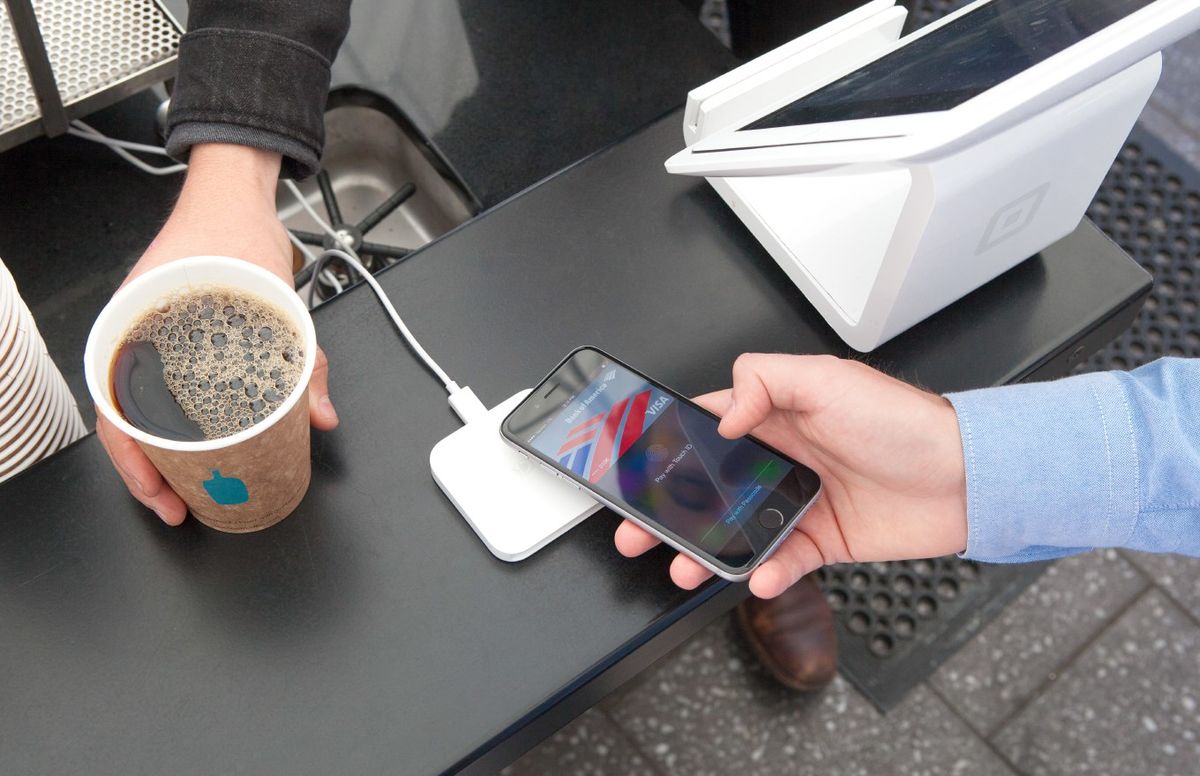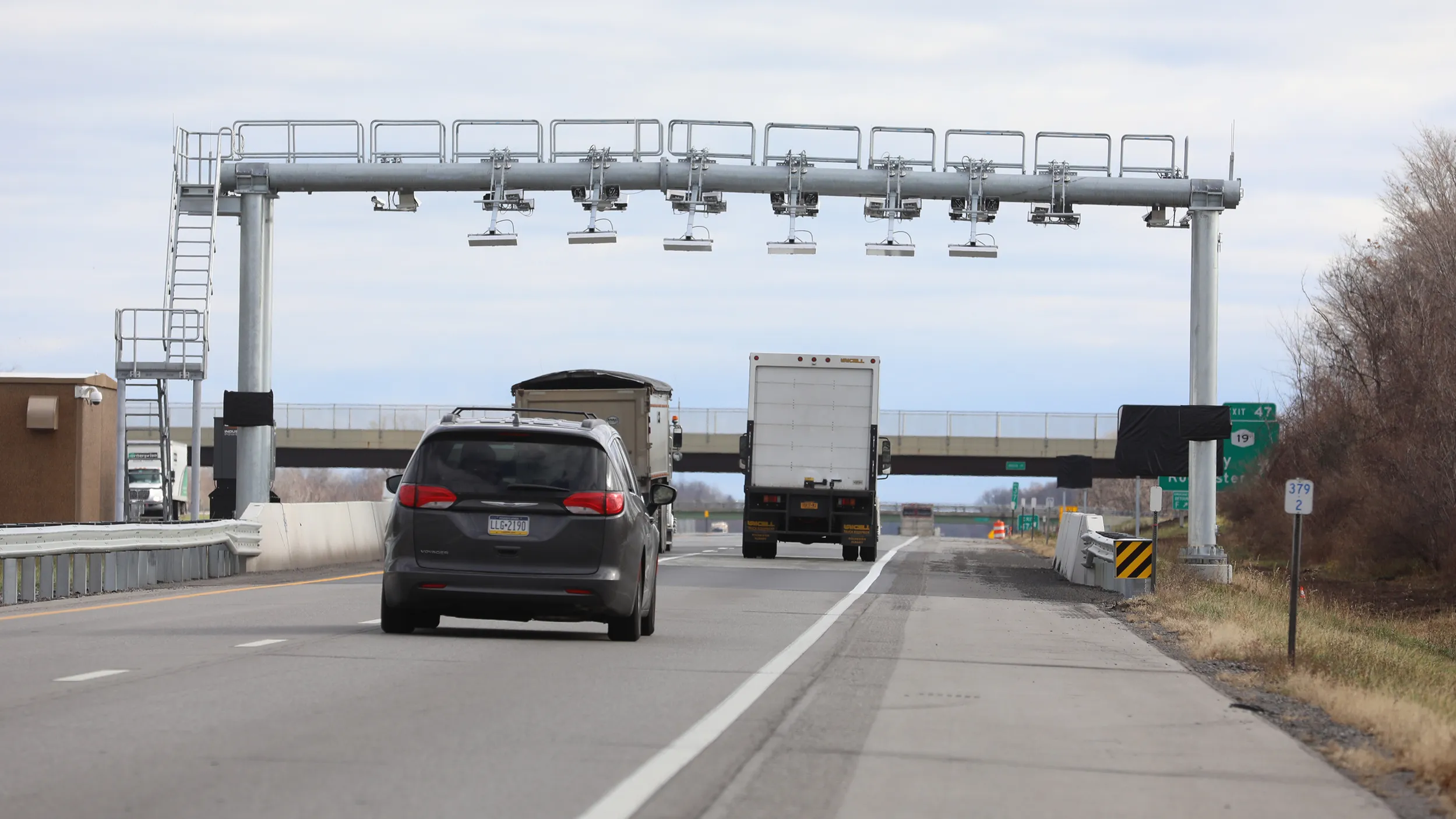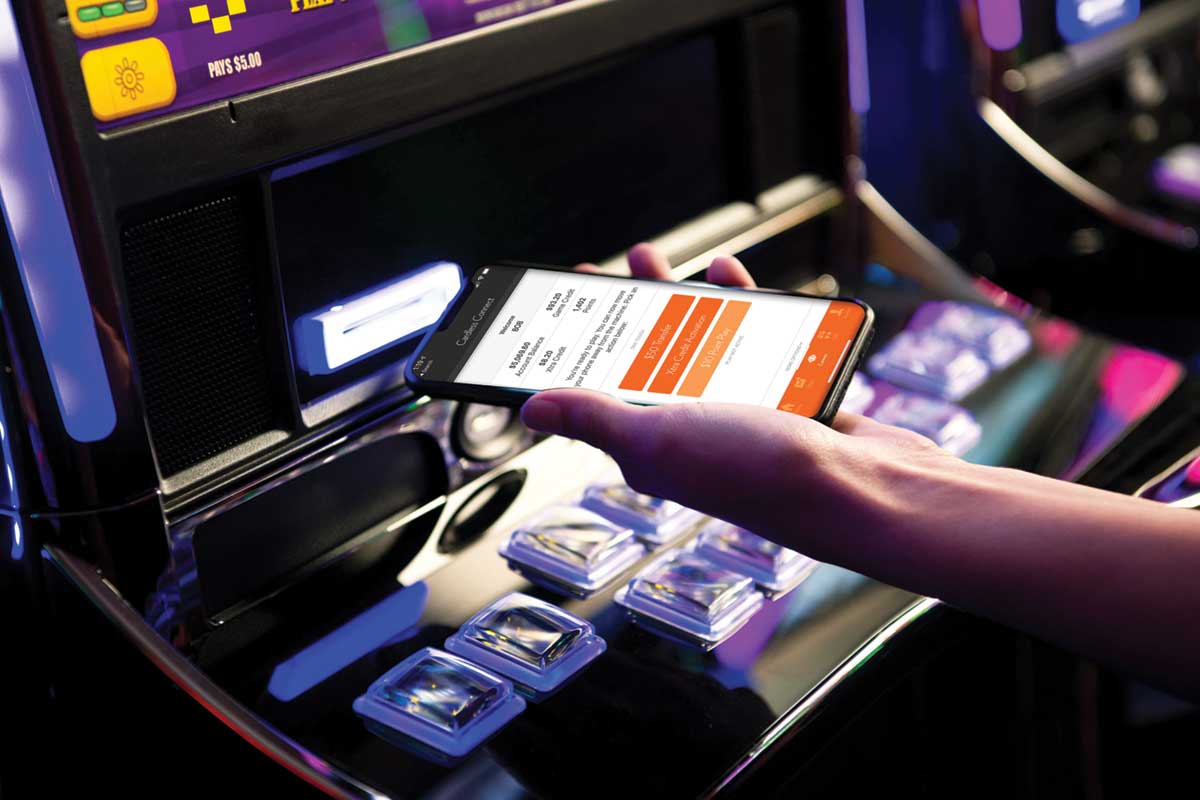The Rise of Cashless Transactions
Over the past decade, there has been a significant rise in the adoption of cashless transactions worldwide. With the advancements in technology and the increasing convenience it offers, more and more people are shifting away from traditional cash-based payment systems. This shift has been driven by various factors, including the proliferation of smartphones, the availability of reliable internet connectivity, and the emergence of secure and efficient payment platforms.
Cashless transactions refer to any form of payment that does not involve physical cash. Instead of using banknotes and coins, individuals can now make payments electronically using various methods, such as credit and debit cards, mobile payment apps, and online banking.
One of the main reasons behind the surge in cashless transactions is the convenience it provides. With just a few taps on a smartphone or a simple swipe of a card, individuals can make payments swiftly and effortlessly. This eliminates the need to carry around bulky wallets or worry about running out of change. Cashless transactions also offer a high level of security, as digital payments are often encrypted and require authentication, reducing the risk of theft or loss.
Furthermore, cashless transactions provide a more streamlined experience for businesses. Using traditional cash-based systems entails the need for cash registers, manual recording of transactions, and the risk of human error. However, with cashless payments, businesses can automate their payment processes, reduce the chances of errors, and access real-time financial data, making it easier to track sales and manage inventory.
The adoption of cashless transactions has been particularly accelerated by the COVID-19 pandemic. The need for social distancing and hygiene practices has made people more cautious about physical contact, including exchanging cash. To mitigate the risks, many individuals and businesses have made a swift transition to cashless alternatives.
In addition, governments and financial institutions have been actively promoting cashless transactions. This is driven by the desire to reduce the costs associated with printing and distributing physical currency, improve financial inclusion among underserved populations, and combat issues related to counterfeit money.
Overall, the rise of cashless transactions is transforming the way we conduct financial transactions. It offers convenience, security, and efficiency, benefiting individuals, businesses, and governments alike. As technology continues to advance, we can expect cashless transactions to become even more prevalent in the future.
How Cashless Payments Work
Cashless payments have become increasingly popular due to their convenience and efficiency. Understanding how these transactions work can help individuals navigate the digital payment landscape with ease.
At its core, cashless payments involve transferring funds electronically from one party to another. This can be done through several methods, including:
- Credit and Debit Cards: One of the most common forms of cashless payment, credit, and debit cards allow users to make purchases by swiping or tapping their cards at point-of-sale terminals. These cards are linked to a bank account and transactions are processed through a payment network.
- Mobile Payment Apps: Introduced with the rise of smartphones, mobile payment apps enable individuals to make transactions using their mobile devices. Users can link their bank accounts or credit cards to the app, and payments can be made by scanning a QR code, entering payment details, or using near-field communication (NFC) technology.
- Online Banking: With online banking, individuals can make payments electronically by logging into their bank accounts and transferring funds to another person or business. This method is commonly used for bill payments, online shopping, and person-to-person transfers.
When a cashless transaction is initiated, several steps are involved:
- Authorization: The customer provides the necessary payment details, such as card number or account information, to the merchant or payment processor. The transaction details are then sent to the respective financial institution or payment gateway for authorization.
- Authentication: The financial institution or payment gateway validates the transaction and verifies the customer’s identity using various security measures. This may involve a personal identification number (PIN), biometric authentication, or a one-time password (OTP) sent to the customer’s registered device.
- Processing: Once the transaction is authenticated, the funds are transferred from the customer’s account to the merchant’s account. This process may take a few seconds to a few days, depending on the payment method used and the involved financial institutions.
- Confirmation: Both the customer and the merchant receive a confirmation of the successful transaction. This confirmation may be in the form of an electronic receipt, email notification, or SMS message.
It’s important to note that the specific steps and systems involved in cashless payments can vary depending on the payment method, financial institutions involved, and the technology used. However, the underlying principle remains the same – the secure transfer of funds electronically without the need for physical cash.
With the continuous advancements in technology, cashless payment options are expanding, and more innovative solutions are emerging. From contactless cards to wearable devices, the world of cashless transactions is constantly evolving, offering individuals greater convenience and flexibility in managing their finances.
Types of Cashless Payment Methods
The rise of cashless transactions has introduced a wide range of payment methods, each offering unique features and benefits. Here are some of the most popular types of cashless payment methods:
- Credit and Debit Cards: Credit and debit cards have been a staple in the cashless payment landscape for decades. These plastic cards are issued by financial institutions and are linked to a person’s bank account. With credit cards, individuals can make purchases and repay the amount later, while debit cards deduct funds directly from the linked bank account.
- Mobile Payment Apps: Mobile payment apps have gained immense popularity in recent years. These apps, like Apple Pay, Google Pay, Samsung Pay, and PayPal, enable users to store their debit or credit card information securely on their smartphones. Payments can be made by scanning QR codes, tapping the device on a contactless reader, or using peer-to-peer transfer features.
- Online Banking: Online banking, also known as internet banking, allows individuals to make cashless transactions through their bank’s online portal or mobile app. Users can transfer funds, pay bills, and make online purchases. Online banking provides convenience and accessibility, as transactions can be performed anytime, anywhere, without visiting a physical branch.
- Contactless Payments: Contactless payments have gained popularity for their speed and convenience. This method uses near-field communication (NFC) technology to enable transactions by simply tapping or waving a contactless card or mobile device near a compatible payment terminal. The payment is authorized quickly, making it ideal for quick transactions at businesses like coffee shops, convenience stores, and fast-food restaurants.
- Biometric Payments: Biometric payments utilize unique biological characteristics such as fingerprints, facial recognition, or iris scanning for authentication. This technology ensures a high level of security and eliminates the need for physical cards or passwords. Biometric payment methods are gradually gaining traction, especially in industries where security is crucial, such as healthcare and finance.
It’s important to note that each of these cashless payment methods has its own set of advantages and considerations. While credit and debit cards are widely accepted, mobile payment apps offer enhanced convenience for smartphone users. Online banking provides comprehensive financial management, contactless payments prioritize speed, and biometric payments prioritize security.
The availability and acceptance of these payment methods may vary depending on the country and the businesses individuals interact with. However, as technology continues to advance and consumers embrace digital payments, we can expect to see more innovative cashless payment solutions emerge, providing even greater convenience and security.
The Benefits of Going Cashless
The shift towards cashless transactions offers numerous benefits for individuals, businesses, and society as a whole. Here are some key advantages of embracing a cashless economy:
- Convenience and Efficiency: Cashless payments provide convenience and efficiency in everyday transactions. Instead of carrying bulky wallets and searching for exact change, individuals can quickly make payments with a simple swipe, tap, or scan. This saves time and eliminates the hassle of dealing with physical cash.
- Improved Security: Cashless transactions offer enhanced security compared to physical cash. With digital payments, there is no risk of losing or having money stolen. Transactions are encrypted and often require authentication, such as a PIN or biometric verification, reducing the chances of fraudulent activity.
- Financial Tracking and Management: Cashless payments allow for better financial tracking and management. By utilizing apps or online banking, individuals can easily monitor their transactions, view spending patterns, and keep track of their budgets. This helps in making informed financial decisions and promotes responsible money management.
- Lower Costs and Increased Efficiency for Businesses: Businesses also benefit from cashless transactions. Cash handling involves various costs, including cash register maintenance, bank fees for cash deposits, and employee time spent counting and reconciling cash. Going cashless eliminates these costs and streamlines the payment process, allowing businesses to operate more efficiently.
- Financial Inclusion: Cashless transactions contribute to financial inclusion by providing access to financial services for individuals who may not have access to traditional banking services. Mobile payment apps and online banking allow unbanked and underbanked individuals to make transactions, send and receive money, and participate in the digital economy.
- Hygiene and Health: The ongoing COVID-19 pandemic has highlighted the importance of minimizing physical contact to reduce the spread of viruses. Cashless transactions reduce the need for handling physical cash, reducing the risk of transmission. This promotes hygiene and contributes to public health efforts.
- Environmental Sustainability: The use of cashless payments has positive environmental implications. Moving away from physical cash reduces the demand for paper and metal coin production, which in turn conserves natural resources and reduces environmental pollution associated with the manufacturing and transportation of physical currency.
While there are numerous benefits to going cashless, it is important to consider the digital divide and ensure that everyone has access to cashless payment options. Educating individuals on the benefits and promoting financial literacy can help bridge this gap and ensure that cashless transactions are inclusive and accessible to all.
Overall, the shift towards cashless transactions brings numerous advantages, including convenience, improved security, financial efficiency, and environmental sustainability. As technology continues to evolve, cashless payments will likely become even more prevalent, shaping the way we conduct transactions and manage our finances.
Concerns and Challenges of Cashless Transactions
While cashless transactions offer numerous benefits, there are also concerns and challenges that need to be addressed. Here are some key concerns associated with the transition to a cashless economy:
- Technological Reliability and Connectivity: Cashless transactions heavily rely on technology and require a stable internet connection. However, not everyone has access to reliable internet connectivity, especially in rural or underdeveloped areas. Technological glitches or outages can also disrupt payment systems, causing inconvenience for individuals and businesses.
- Security and Privacy: With the increase in digital transactions, security and privacy concerns arise. Hackers and cybercriminals continuously develop sophisticated methods to gain unauthorized access to personal and financial information. This poses a risk of identity theft, financial fraud, and online scams. Proper security measures must be implemented to safeguard sensitive data and protect against potential threats.
- Digital Divide and Financial Exclusion: While cashless transactions offer convenience, it is essential to address the digital divide. Not everyone has access to smartphones, internet connectivity, or the necessary knowledge to navigate digital payment platforms. This can lead to financial exclusion, where certain individuals or demographic groups are left behind in the transition to a cashless economy.
- Dependency on Technology: The reliance on technology for cashless transactions raises concerns about dependency. If there is a malfunction or technical issue, individuals may find themselves unable to make simple transactions or access their funds. This highlights the need for alternative payment options and contingency plans to ensure financial accessibility even during technological disruptions.
- Cash-Dependent Businesses: While many businesses are embracing cashless payments, some still heavily rely on cash transactions. This includes street vendors, small businesses, and those in cash-based industries like agriculture or informal markets. Transitioning to cashless transactions may present challenges and require suitable infrastructure, education, and support for these cash-dependent businesses to adapt.
- Consumer Protection: As cashless transactions continue to evolve, consumer protection must be a priority. Issues such as unauthorized transactions, disputes, or failed refunds need to be addressed effectively to maintain consumer trust in digital payment systems. Adequate regulations and mechanisms for dispute resolution are crucial for consumer confidence and the overall success of cashless transactions.
- Ethics of Data Collection and Usage: Cashless transactions generate a vast amount of data, raising concerns about the collection, storage, and usage of personal information. Transparent data policies, informed consent, and robust privacy regulations are essential to address these ethical concerns and protect individuals’ privacy in the cashless ecosystem.
Addressing these concerns and challenges is crucial to ensure that cashless transactions are inclusive, secure, and accessible to all individuals. Collaboration between governments, financial institutions, and technology providers will be necessary to overcome these challenges and create a cashless environment that benefits society as a whole.
Cashless Trend around the World
The trend towards cashless transactions is not confined to a single region or country; it is a global phenomenon. Around the world, societies are witnessing a significant shift in the way transactions are conducted. Here is a snapshot of the cashless trend in different parts of the world:
- Nordic Countries: Nordic countries, including Sweden, Norway, Denmark, and Finland, are at the forefront of the cashless revolution. In Sweden, for example, cash transactions account for less than 2% of total payments. The availability of robust digital payment infrastructure, widespread high-speed internet connectivity, and strong trust in electronic payment systems contribute to the cashless trend in this region.
- China: China has seen rapid growth in digital payments, largely driven by mobile payment platforms such as Alipay and WeChat Pay. With the majority of the population using smartphones, these mobile payment apps have gained immense popularity. Even street vendors and small businesses in China now accept mobile payments, further fueling the cashless trend.
- United States: While the adoption of cashless transactions in the United States may not be as widespread as in some other regions, digital payments are gaining traction. Major cities like New York and San Francisco have seen increased acceptance of contactless payments, and mobile payment apps like Apple Pay and Google Pay have gained popularity. However, cash is still widely used in certain segments of the population and rural areas.
- India: India has witnessed a significant surge in cashless transactions following the demonetization policy in 2016, which aimed to reduce the use of physical cash. Mobile payment apps like Paytm, PhonePe, and Google Pay have gained popularity, offering a convenient way to make digital transactions. However, infrastructure challenges and a large unbanked population remain barriers to widespread adoption.
- Australia: Australia is also experiencing a shift towards cashless transactions. Contactless card payments and mobile payments are becoming increasingly popular, with many businesses offering these options to customers. The government’s commitment to modernizing the payment infrastructure and promoting digital payments has contributed to the growth of cashless transactions in the country.
The cashless trend is not limited to these regions alone; it is observable in various parts of the world. Factors driving this trend include the proliferation of smartphones, improved internet connectivity, government initiatives, and shifts in consumer preferences towards convenience and security.
However, despite the growing popularity of cashless transactions, it is important to acknowledge the disparities in adoption rates and infrastructure across different countries and communities. Achieving a fully cashless society requires addressing these challenges and ensuring equitable access to digital payment options for all individuals.
Future of Cashless Payments
The future of cashless payments looks promising, with continued advancements in technology and evolving consumer preferences. Here are some key trends and possibilities that may shape the future of cashless transactions:
- Increased Adoption of Mobile Wallets: Mobile payment apps and digital wallets are likely to gain even more prominence. As smartphones become more ubiquitous and app functionalities expand, individuals will increasingly rely on their mobile devices for making seamless and secure transactions.
- Biometric Authentication: Biometric authentication, such as fingerprints or facial recognition, will play a larger role in cashless transactions. This technology offers enhanced security and convenience, eliminating the need for PINs or passwords.
- Internet of Things (IoT) Payments: The integration of IoT devices, such as smartwatches, fitness trackers, and connected cars, will enable individuals to make payments effortlessly. These devices will be equipped with payment capabilities, allowing for seamless transactions in various settings.
- Blockchain Technology: Blockchain technology has the potential to revolutionize cashless transactions. Its decentralized and secure nature can provide transparency and trust in financial transactions, enabling faster and more secure cross-border payments.
- Increased Integration of Artificial Intelligence (AI): AI-powered chatbots and virtual assistants will become more prevalent in assisting customers with their cashless transactions. These intelligent systems will provide personalized recommendations, assist with dispute resolutions, and streamline the payment process.
- Integration of Cryptocurrencies: The mainstream adoption of cryptocurrencies, such as Bitcoin and Ethereum, could play a significant role in the future of cashless payments. With their decentralized nature and lower transaction costs, cryptocurrencies offer potential alternatives to traditional currencies and payment systems.
- Expansion of Open Banking: Open banking initiatives aim to provide individuals with greater control over their financial data and facilitate seamless connectivity between various financial service providers. This may lead to more innovative and integrated cashless payment solutions.
- Continued Emphasis on Security: As the digital payment landscape evolves, security concerns will remain a top priority. Financial institutions and technology providers will continue to invest in robust security measures to protect against fraud, data breaches, and unauthorized access.
The future of cashless payments is likely to be characterized by convenience, enhanced security, and integration with emerging technologies. However, it is crucial to strike a balance between technological advancements and ensuring equal access and inclusion for all individuals, irrespective of their background or resources.
As cashless transactions become more prevalent, governments, financial institutions, and technology companies will need to collaborate to address concerns, foster financial literacy, and ensure that individuals can participate fully in the digital economy.
Is Cashless the Way Forward?
The rise of cashless transactions has sparked discussions about whether a cashless future is inevitable and desirable. While cashless payments offer numerous benefits, it is essential to consider the implications and challenges before declaring it as the sole way forward.
Advocates argue that cashless transactions promote convenience, efficiency, and financial inclusion. They argue that digital payments streamline the transaction process, offer improved security, and provide access to financial services for underserved populations.
Moreover, the ongoing COVID-19 pandemic has underscored the importance of reducing physical contact and promoting hygiene. Cashless transactions help minimize the risk of virus transmission, making them an appealing option in a post-pandemic world.
However, it is important to consider potential concerns and challenges. The shift towards a cashless economy should not exclude individuals who have limited access to technology or rely heavily on cash transactions. Addressing the digital divide and ensuring inclusivity is crucial to prevent financial exclusion.
Privacy and security concerns are also important considerations. As digital transactions increase, protecting sensitive financial and personal data becomes imperative. Effective regulations and robust security measures must be in place to safeguard individuals’ privacy and prevent unauthorized access.
Another significant concern is the reliance on technology. Technological malfunctions or infrastructure issues can disrupt cashless transactions, leaving individuals temporarily unable to access their funds or make essential payments. Backup options and contingency plans should be in place to mitigate potential risks and ensure financial accessibility for all.
Furthermore, cultural and behavioral factors must be taken into account. Some individuals and communities may have a preference for using physical cash due to familiarity, habit, or cultural practices. Maintaining a balance between cash and cashless transactions is crucial to respect diverse needs and preferences.
Ultimately, the way forward lies in striking a balance between cash and cashless payments. Instead of an exclusive reliance on one method, adopting a hybrid approach would allow individuals to choose the payment option that best suits their needs and preferences. This approach would involve providing access to both cash and cashless payment methods and promoting financial literacy to ensure individuals can navigate and benefit from both systems.
As technology continues to evolve, it is essential to harness its potential, address the challenges, and foster an inclusive cashless ecosystem. Collaborative efforts among governments, financial institutions, technology providers, and communities are necessary to shape the future of payments in a manner that benefits all individuals and promotes financial inclusion.







